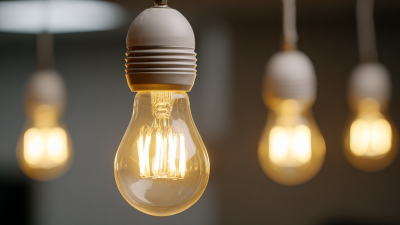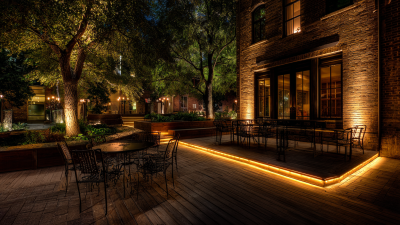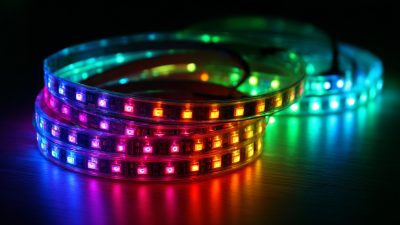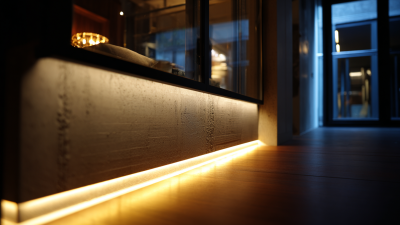

As the world confronts pressing environmental challenges, the role of energy-efficient solutions has never been more critical. Among these, LED lighting supply stands out as a beacon of innovation, offering a sustainable alternative to traditional lighting. This exploration into the future of LED lighting supply innovations delves into the advancements and strategies that will shape the industry's trajectory. Not only does LED technology promise reduced energy consumption, but it also embodies the potential for significant cost savings and enhanced visibility in various applications.

The ongoing evolution of LED lighting supply highlights the importance of integrating digital technologies and smart solutions into lighting systems. By harnessing the power of data analytics, Internet of Things (IoT), and automation, manufacturers are poised to create more efficient and intelligent lighting solutions. These innovations not only optimize energy usage but also adapt to the dynamic needs of businesses and consumers in an increasingly digital world. As we investigate these transformative developments, it becomes clear that the future of LED lighting supply is not just about illumination; it’s about embracing a sustainable framework that aligns with global environmental goals.
The landscape of LED lighting manufacturing is rapidly evolving, driven by the growing demand for sustainability. One of the key innovations to watch is the integration of sustainable materials in the production process. Manufacturers are increasingly focusing on eco-friendly alternatives, such as biodegradable plastics and recycled metals, to reduce their carbon footprint and minimize waste. This shift not only benefits the environment but also meets the expectations of increasingly eco-conscious consumers.
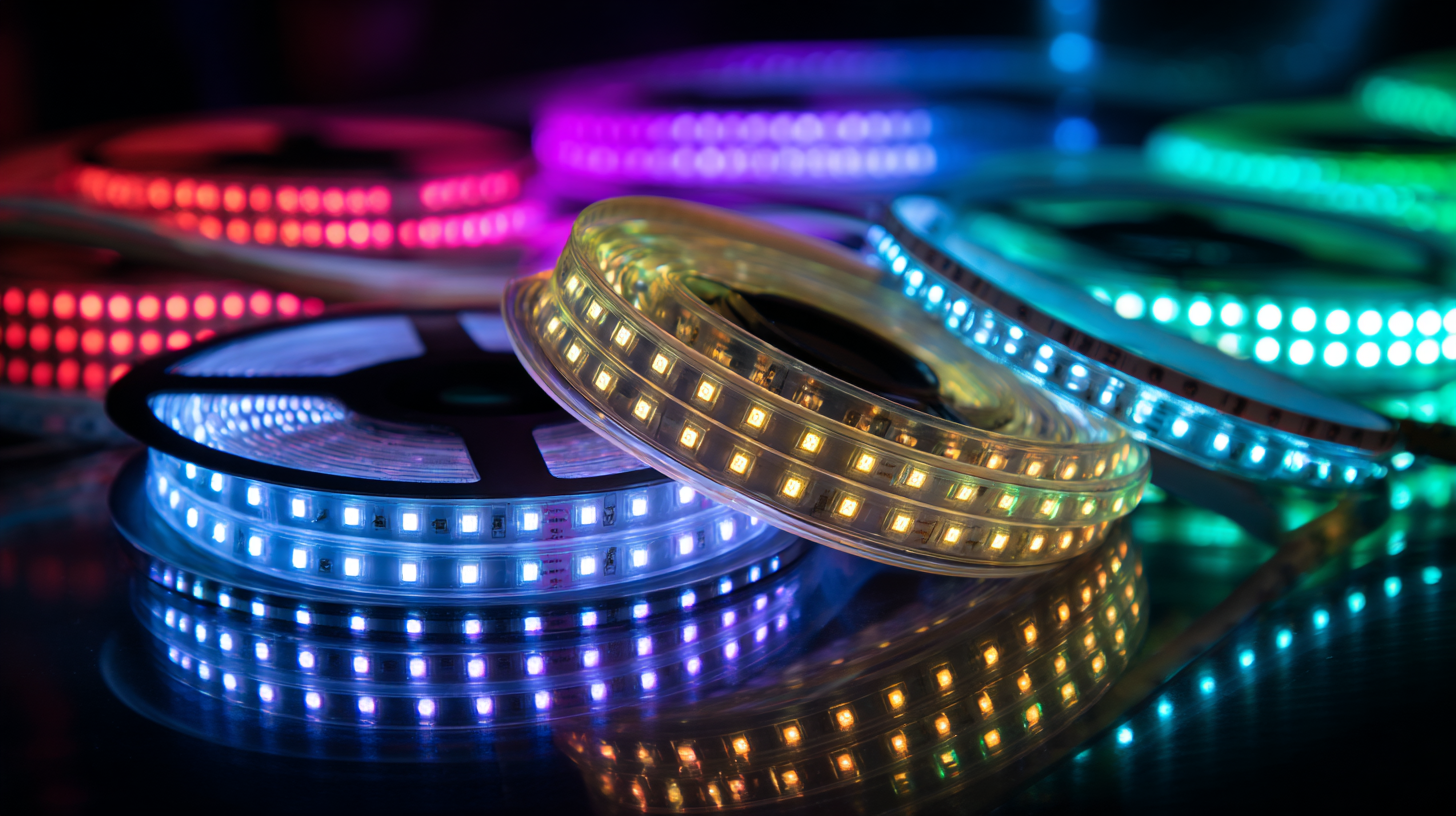
Another notable trend is the development of advanced LED technologies that utilize renewable resources. For instance, some companies are exploring the use of organic materials and bio-based compounds in the creation of LED bulbs, which can offer similar performance levels while being less harmful to the planet. These innovations reflect a broader industry movement towards circular economy principles, where products are designed for longevity and recyclability. As these practices become more commonplace, they will likely redefine standards in the LED lighting sector, paving the way for a more sustainable future.
Smart technologies are revolutionizing the efficiency of LED lighting, particularly within the realm of high-tech farming. Controlled-Environment Agriculture (CEA) installations are leveraging horticulture LED lighting to create optimal growing conditions for crops like strawberries. These advancements allow for precise control over light wavelengths and intensity, which not only enhances plant growth but also maximizes resource use, reducing energy consumption and operational costs.
As the LED lighting market continues to expand, innovations are shaping the future of sustainable lighting solutions. The trend towards energy efficiency and smart illumination is evident across various applications, from residential environments to urban infrastructures. Governments are also playing a crucial role by implementing regulations and incentives that promote the adoption of LED technologies, paving the way for a greener and more sustainable future. This synergy between technology and agriculture highlights the transformative impact of LED lighting in enhancing productivity while addressing environmental concerns.
The adoption of circular economy practices in LED lighting supply chains represents a significant shift towards sustainability and resource efficiency. By emphasizing the reusability of materials and reducing waste, companies are not only improving their environmental footprint but also enhancing their economic viability. Integrating innovative lighting solutions within industrial zones, for instance, exemplifies how businesses can leverage circular strategies to create smarter, greener operations that benefit both the planet and their profitability.
Furthermore, the move towards circularity is evident as companies explore various supply chain strategies aimed at sustainability. This includes the use of recycled materials, reduced emissions, and designing products with end-of-life considerations in mind. By fostering collaboration among supply chain partners, businesses are able to exchange best practices and innovate together, ultimately driving progress in creating more sustainable supply chains. These developments reflect a broader trend across industries, highlighting the importance of sustainability as not just a compliance obligation but a key driver of competitive advantage in the market.
The rapid advancement of the Internet of Things (IoT) is revolutionizing the landscape of sustainable LED lighting solutions. IoT technology enables intelligent control and monitoring of lighting systems, allowing for optimized energy usage and enhanced efficiency. By integrating sensors and connectivity, smart LED lights can adjust their brightness based on ambient light conditions or even occupancy, drastically reducing energy waste. This not only contributes to sustainability but also lowers operational costs for businesses and homeowners alike.
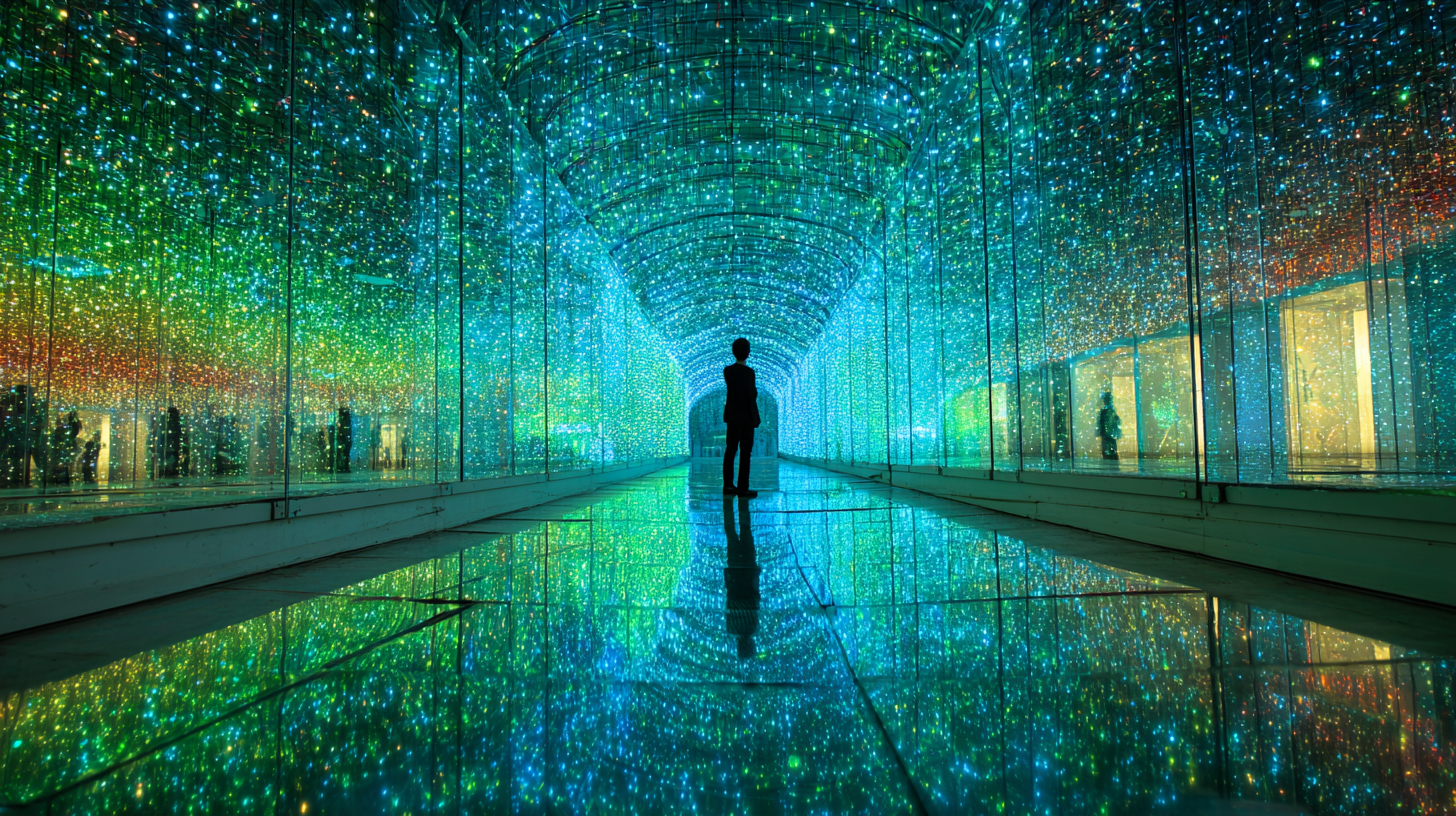
Tips: When considering the implementation of IoT in your LED lighting system, prioritize compatibility with existing infrastructure. Ensure that sensors and controls are user-friendly and can be easily integrated without requiring extensive technical knowledge. Additionally, make use of data analytics to assess energy consumption patterns and identify opportunities for further improvements.
Furthermore, the use of IoT in LED lighting opens the door to innovative applications such as remote management and predictive maintenance. Smart lighting systems can notify users of any malfunctions or need for repairs, which improves reliability and ensures lights work optimally at all times. Embracing these technologies offers businesses a pathway to not only enhance sustainability but also improve overall operational efficiency.
Tips: Keep security in mind when deploying IoT solutions; use encrypted protocols to safeguard data. Regularly update software to protect against potential vulnerabilities that could compromise the system’s integrity.
Consumer demand for eco-friendly lighting options is rapidly evolving, driven by a growing awareness of environmental issues and the push for sustainable living. As more consumers prioritize sustainability in their purchasing decisions, they are increasingly gravitating toward LED lighting solutions that offer long-term benefits, such as reduced energy consumption and lower carbon footprints. This shift in demand is creating a need for manufacturers to innovate their product lines, offering lighting solutions that not only meet aesthetic preferences but also align with eco-conscious values.
Moreover, the advancement of technology is paving the way for new sustainable materials and energy-efficient designs in LED lighting. As consumers become more educated about the environmental impact of their choices, they are likely to seek out products that utilize recycled materials or are fully recyclable themselves. This trend is anticipated to drive collaboration between manufacturers and sustainability experts, resulting in products that not only illuminate spaces but also contribute positively to the environment. The future of LED lighting supply thus hinges on these emerging consumer preferences, making it crucial for companies to adapt and innovate in order to stay competitive in the evolving market.

